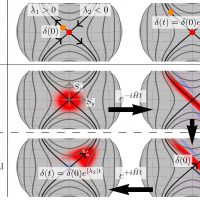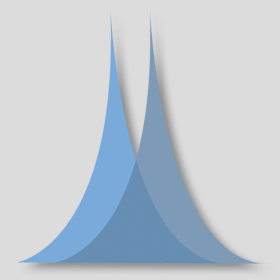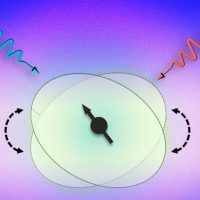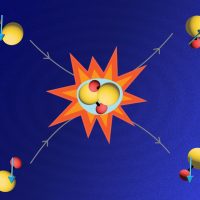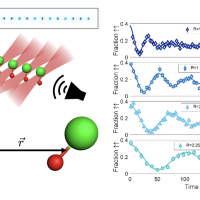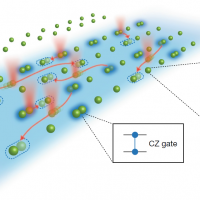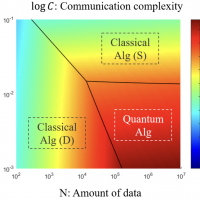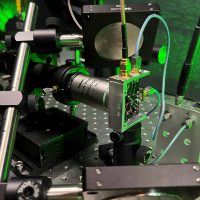News: Research Highlights
Tue April 11, 2023
Quantum Scrambling with Time-Reversal: A Powerful Tool for Exponentially Enhanced Metrology
News type:
Tue November 22, 2022
Quantum entanglement between ultracold molecules in optical tweezer array
News type:
Sun November 20, 2022
Communication-efficient quantum algorithm for distributed machine learning
News type:
Sun November 20, 2022
Quantum sensor can detect arbitrary frequency electromagnetic signals
News type:
